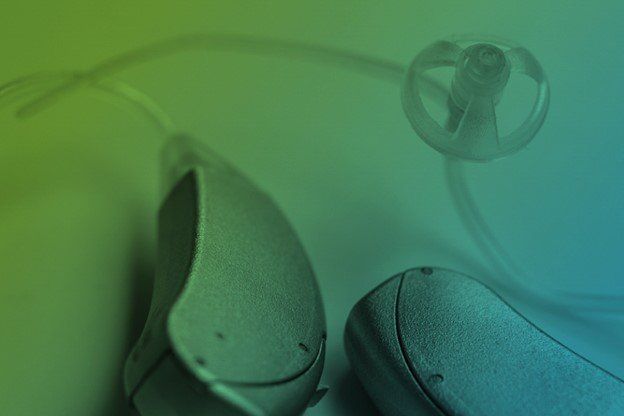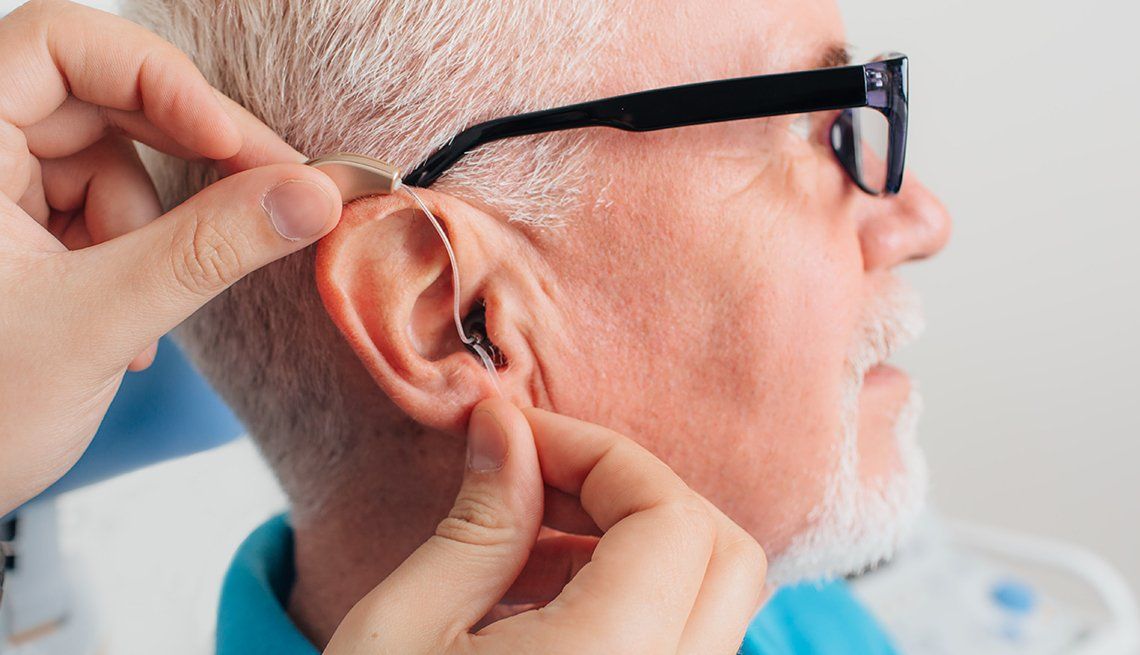How to Adjust to New Hearing Aids
Obtaining hearing aids is the first step towards improving your hearing and your quality of life.
Fitting hearing aids is a unique experience that will differ from one person to another. There is no one set formula or procedure for all. That is why it is important at the Audiology Clinic of Northern Alberta that each person is treated as an individual.
It usually takes some time to adapt successfully to the new sounds you will hear and to obtain the maximum benefit from your new hearing aids. These suggestions will help with your adjustment.
Start Out Slowly
While some people can put on hearing aids for the first time and wear them all day in any environment, some people cannot. It may be advantageous to begin using your hearing aids in your own home, where you have more control over the variety of sounds you will hear and their intensities. Use your comfort level as a guide. If after several hours you want to take off your hearing aids, then you should. Allow your ears (and your brain) to rest and then put the hearing aids back on again.
Learn to Live with Background Sounds
Your new hearing aids will amplify all of the sounds of your life, not just speech. When your hearing was normal, all the extra noises you could hear were placed into your background so that they did not distract you. Until you become accustomed to the sounds of life again, you may have difficulty “tuning them out.” Listen for the background sounds in your life and learn to recognize them (and then ignore them). If the presence and level of the background noises are causing you to remove your hearing devices, it is crucial to inform your clinician for further monitoring.
Feedback
In certain circumstances, it is not abnormal to hear a bit of a whistle or squeal when you cup your hearing aids. In the more open-fit style hearing aids, this can be quite normal and a way to tell if the instrument is on and working. But if it is causing distress, there are modifications that can be made to reduce this effect. Should you experience feedback and it is a bother, consult your clinician.
Your Voice will Sound Different
Just like the voices of others are louder and clearer, you will notice your own voice will sound different as well. Depending on the amount of hearing loss you have, you may not have been hearing your voice properly for some time. Often your own voice will initially sound louder and harsher than it used to. Within a week of consistent hearing aid use, your voice should start to sound more “normal” as you acclimatize to better hearing.
Getting Used to Something in Your Ear
It may take some time to get used to the hearing aid in your ear. This will become more comfortable with time and use. If the hearing aid is causing any discomfort after a week, notify your clinician. Many adjustments can be made to ensure your devices are more comfortable.
Enlist the Assistance of a Learning Partner
You may find it helpful to begin listening with your new hearing aids by conversing about familiar topics with only one person (such as a spouse, neighbour or friend) in the absence of any other distracting sounds. After a day or two, you may want to introduce some background noise from the television or radio. It may be helpful as you become accustomed to your hearing aids to listen to your learning partner read aloud from a newspaper or magazine while you read along silently.
Practice Speech-Sound Discrimination
Prepare a list of words that may differ by a single sound (for example: fish/dish, mop/top, bike/bite.). While your learning partner pronounces the pairs of words, watch the lip movements and become familiar with the visual aspects of sound discrimination. Then repeat the task without watching and concentrate on the subtle sound differences between the word pairs. Keep in mind that some speech sounds are identical on the lips (for example: pan/man, bat/mat, sell/tell). Also, keep in mind that auditory discrimination with impaired ears can be difficult and you may not be able to make some distinctions. But with practice, you will improve.
Gradually Extend Your Horizons
As you become more experienced with your hearing aids, gradually expand the diversity of listening environments and the variety of people with whom you communicate. You will find that some situations and some voices are easier for you. Certainly, listening within groups will be more difficult than one-on-one conversations. When listening in groups, concentrate primarily on the person who is talking the most. You may miss an occasional word or phrase, but try not to get “hung up” on single words and listen for the idea behind what is being said. And always watch the speaker’s face. Even without formal training in speech reading (lip reading), understanding improves when you have a clear view of the face.
Work Towards an Ideal Volume Setting
Most often, new hearing aid users would choose to wear their hearing aids at a volume setting that is less than optimal. This is normal, as they are not fully familiar or comfortable with the amplified sounds they hear.
Depending on your discussion with your clinician and your preferences, hearing aids are either initially set at a comfortable but slightly less than ideal volume setting (with the intention of increasing the volume to an ideal setting over a period of time) or are set initially at an ideal volume setting.
If you are able to adjust the volume on your hearing aids and you find that something in your environment is uncomfortably loud, turn down the hearing aids until the sound is “loud but OK.” If sounds are loud but OK, leave the volume to help your auditory system to get used to these new sounds. Over time, these sounds that seem loud initially will start to sound comfortable. If you are unable to adjust the volume of your hearing aids and are finding some sounds uncomfortably loud, please discuss this with your clinician.
Use your hearing aids all your waking hours, unless you are around loud sounds that could potentially damage your hearing (such as power tools, lawnmowers or some work environments). If you are around loud sounds, it is best to remove your hearing aids and wear hearing protection. The casing of the hearing aids will not adequately protect your hearing. If you have concerns about hearing damage from loud sounds, discuss them with your clinician.
Do Not Become Discouraged
Remember, you did not lose your hearing overnight. And it is unlikely that you will become fully adapted to your new hearing aids right away. By practicing these suggestions and using some communication guidelines, you will continue to improve how you are managing your hearing loss.
Additional Assistance
You will find that hearing aids may not help in every situation. If you find you continue to have problems hearing the telephone ring, hearing the smoke alarm, hearing in the car, hearing at the theatre or cinema, at religious services or similar settings, discuss this with your clinician. There are devices and accessories designed specifically for a variety of difficult areas.
Communication Strategies
To be the best communicator and communication partner that you can be, it is important to integrate any strategies that can facilitate, enhance or repair the communication process (and augment the benefits received from your hearing aids). Hearing aids help with audibility and speech discrimination, but if a word is missed or misheard, it is the effective use of communication strategies that will save the conversation.
Attend an Aural Rehabilitation Class
An aural rehabilitation class will provide a deeper understanding of how communication strategies can be used to increase the effectiveness of your communications, increase the number of strategies available to you and increase the frequency with which these strategies are used. Consult the clinic for the available class topics and times.









